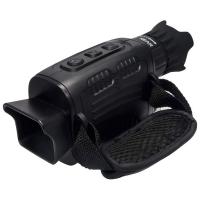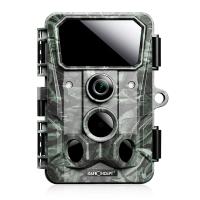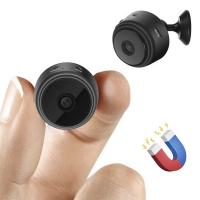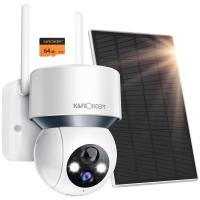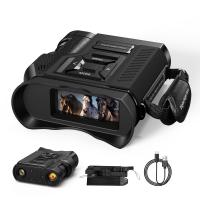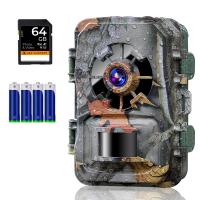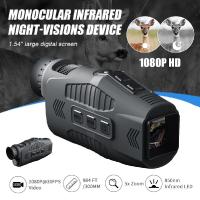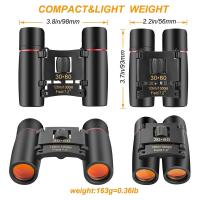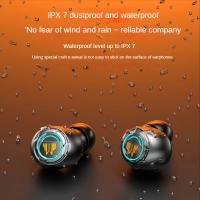How To Make A Night Vision Goggles?
Night vision goggles (NVGs) are fascinating devices that allow users to see in low-light conditions, making them invaluable for various applications, from military operations to wildlife observation. Creating your own night vision goggles can be a rewarding project, but it requires a good understanding of electronics, optics, and some basic engineering skills. In this article, we will explore the essential components, the step-by-step process, and some practical tips to help you build your own night vision goggles.
Understanding Night Vision Technology
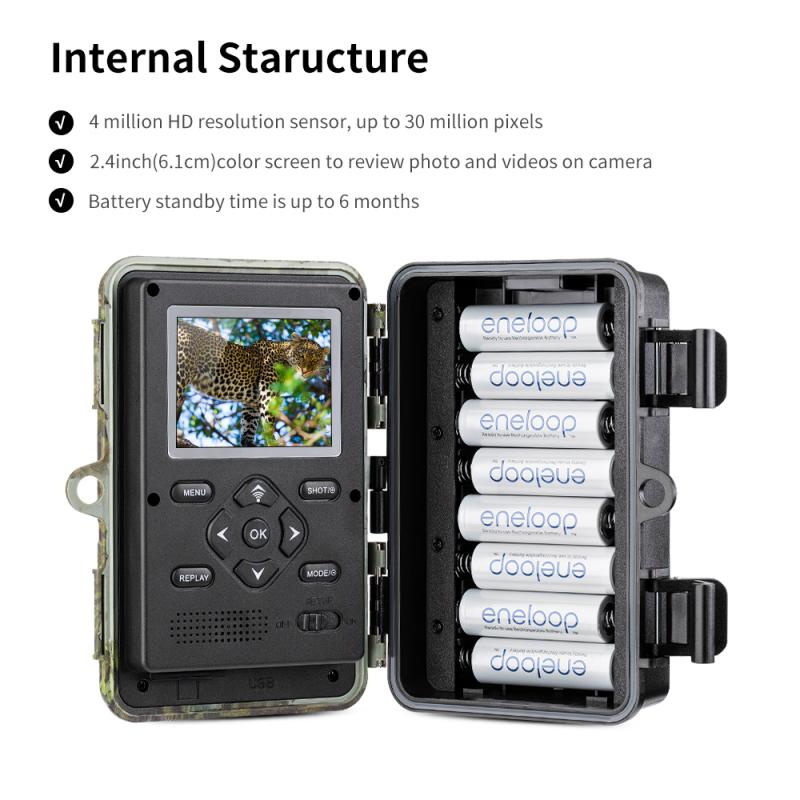
Before diving into the construction process, it's crucial to understand how night vision technology works. Night vision devices amplify available light, including infrared light, to create a visible image. There are two primary types of night vision technologies:
1. Image Intensification (I2): This technology amplifies existing light, including near-infrared light, to produce a visible image. It uses a photocathode to convert photons into electrons, which are then amplified and converted back into visible light by a phosphor screen.
2. Thermal Imaging: This technology detects heat emitted by objects and creates an image based on temperature differences. It does not rely on ambient light and can work in complete darkness.
For this project, we will focus on building a basic image intensification night vision goggle.
Essential Components
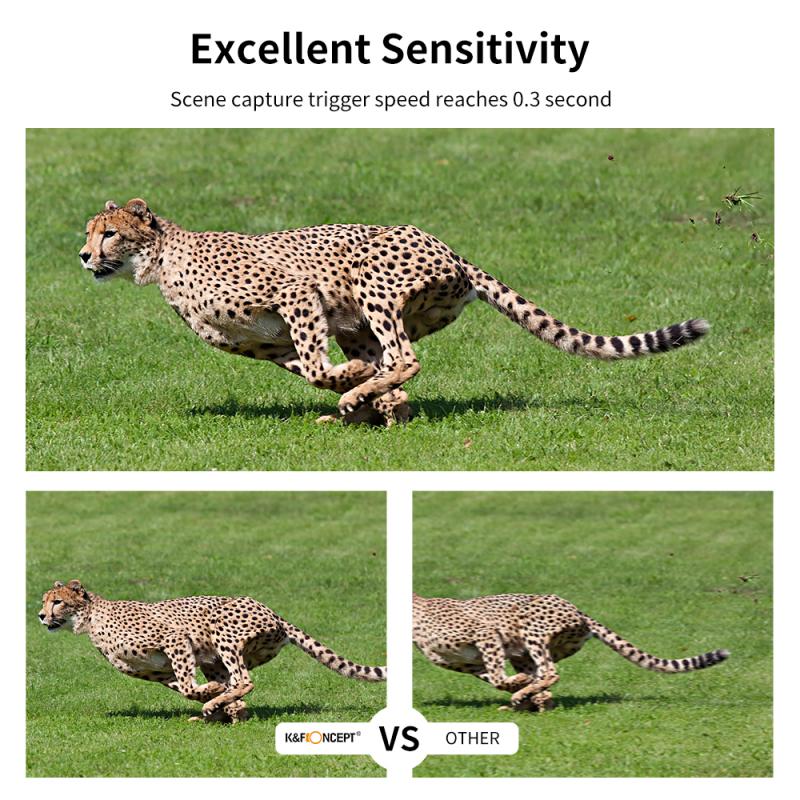
To build your own night vision goggles, you will need the following components:
1. Image Intensifier Tube: The core component that amplifies light. These can be purchased from specialized suppliers.
2. Objective Lens: This lens collects light and focuses it onto the image intensifier tube.
3. Eyepiece Lens: This lens magnifies the image produced by the image intensifier tube for viewing.
4. Power Supply: Typically, a battery pack to power the image intensifier tube.
5. Housing: A sturdy casing to hold all the components together.
6. Infrared Illuminator (Optional): An IR illuminator can provide additional light in complete darkness.
Step-by-Step Construction Process
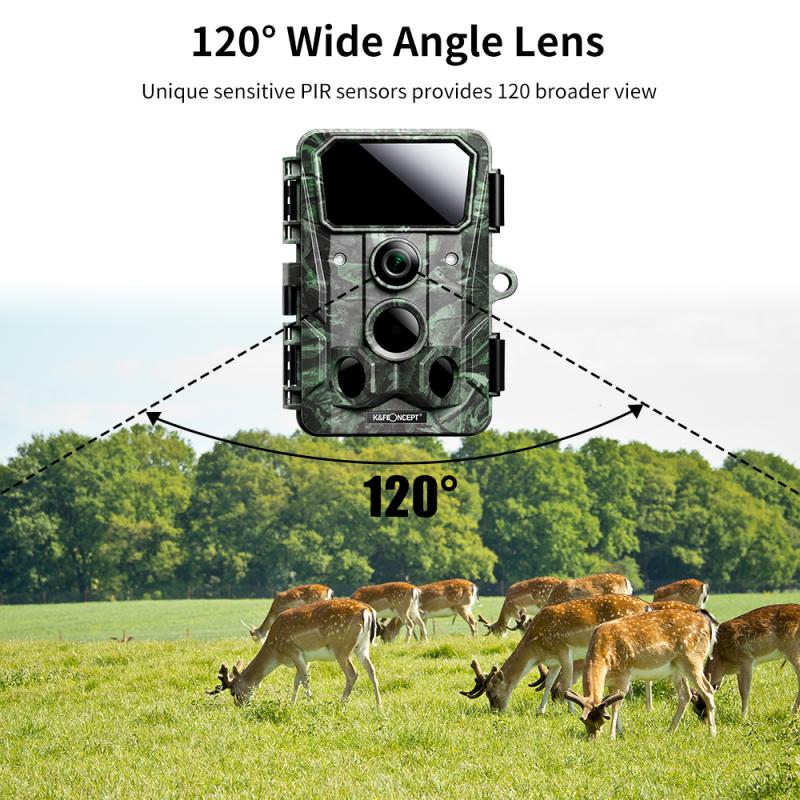
Step 1: Gather Materials and Tools
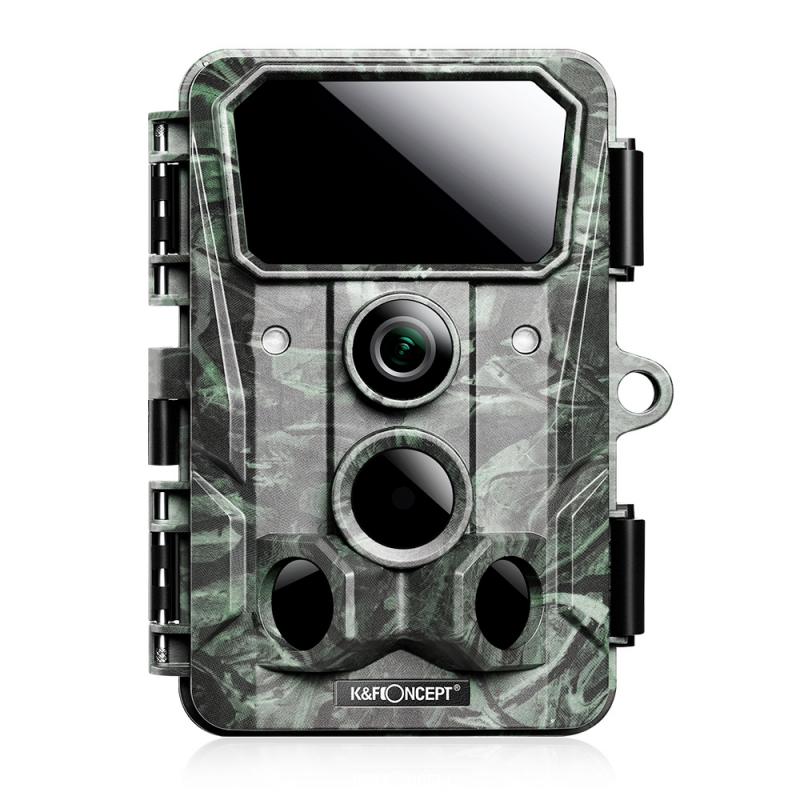
Before starting, ensure you have all the necessary materials and tools. You will need:
- Image intensifier tube
- Objective lens
- Eyepiece lens
- Battery pack
- Soldering iron and solder
- Wires and connectors
- Screwdrivers and pliers
- Housing material (plastic or metal)
- Infrared illuminator (optional)
Step 2: Assemble the Housing
The housing will hold all the components in place. You can use a pre-made housing or create one from scratch using plastic or metal. Ensure the housing is sturdy and has compartments for the lenses, image intensifier tube, and battery pack.
Step 3: Install the Objective Lens
Mount the objective lens at the front of the housing. This lens will collect light and focus it onto the image intensifier tube. Ensure the lens is securely fixed and aligned properly.
Step 4: Mount the Image Intensifier Tube
Place the image intensifier tube behind the objective lens. The tube should be aligned so that the light focused by the objective lens hits the photocathode of the tube. Secure the tube in place using brackets or adhesive.
Step 5: Install the Eyepiece Lens
Mount the eyepiece lens at the back of the housing, aligned with the output of the image intensifier tube. This lens will magnify the image produced by the tube for viewing. Ensure the lens is securely fixed and properly aligned.
Step 6: Connect the Power Supply
Connect the battery pack to the image intensifier tube. Follow the manufacturer's instructions for wiring the power supply. Use a soldering iron to make secure connections and insulate the wires to prevent short circuits.
Step 7: Add the Infrared Illuminator (Optional)
If you are using an infrared illuminator, mount it on the housing and connect it to the power supply. The IR illuminator will provide additional light in complete darkness, enhancing the performance of your night vision goggles.
Step 8: Test and Adjust
Once all components are assembled, test the night vision goggles in a low-light environment. Adjust the focus of the objective and eyepiece lenses to get a clear image. Make any necessary adjustments to the alignment of the components.
Practical Tips
1. Safety First: Always follow safety guidelines when working with electronic components and tools. Wear protective gear and work in a well-ventilated area.
2. Quality Components: Invest in high-quality components, especially the image intensifier tube, as it significantly affects the performance of your night vision goggles.
3. Proper Alignment: Ensure all components are properly aligned to get a clear and focused image. Misalignment can result in a blurry or distorted image.
4. Power Management: Use a reliable battery pack and ensure proper wiring to avoid power issues. Consider using rechargeable batteries for convenience.
5. Weatherproofing: If you plan to use the night vision goggles outdoors, consider weatherproofing the housing to protect the components from moisture and dust.
Applications and Limitations
Homemade night vision goggles can be used for various applications, including:
- Wildlife Observation: Observe nocturnal animals without disturbing them.
- Camping and Hiking: Navigate in low-light conditions during outdoor activities.
- Security: Monitor your property at night.
However, it's important to note the limitations of homemade night vision goggles:
- Performance: Homemade NVGs may not match the performance of commercial-grade devices.
- Durability: The durability and reliability of homemade NVGs may be lower than professionally manufactured ones.
- Legal Restrictions: Be aware of any legal restrictions on the use of night vision devices in your area.
Building your own night vision goggles can be a challenging yet rewarding project. By understanding the essential components and following the step-by-step construction process, you can create a functional pair of night vision goggles. Remember to prioritize safety, use quality components, and make precise adjustments to achieve the best results. Whether for wildlife observation, outdoor activities, or security, your homemade night vision goggles can open up a new world of possibilities in low-light conditions.

